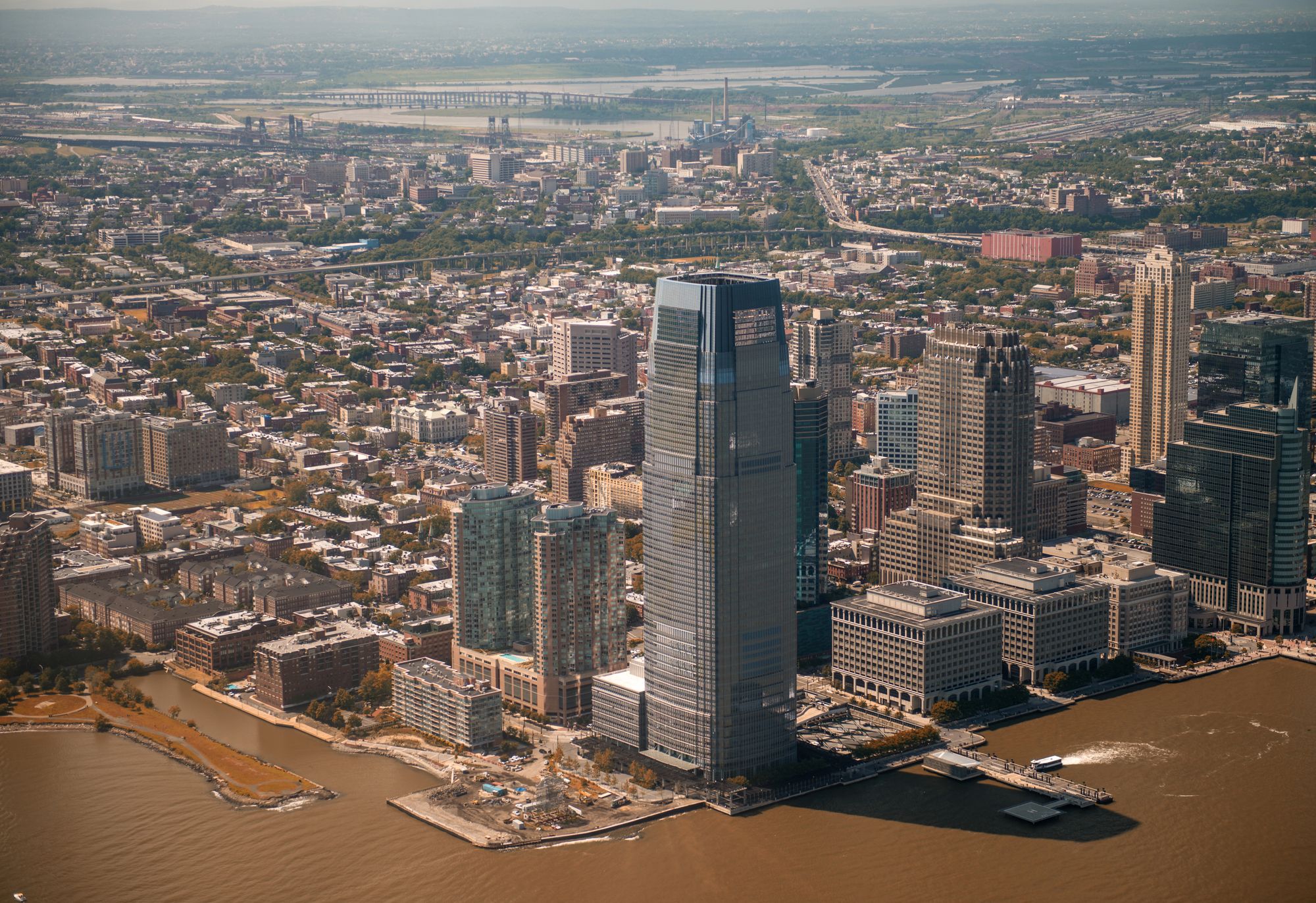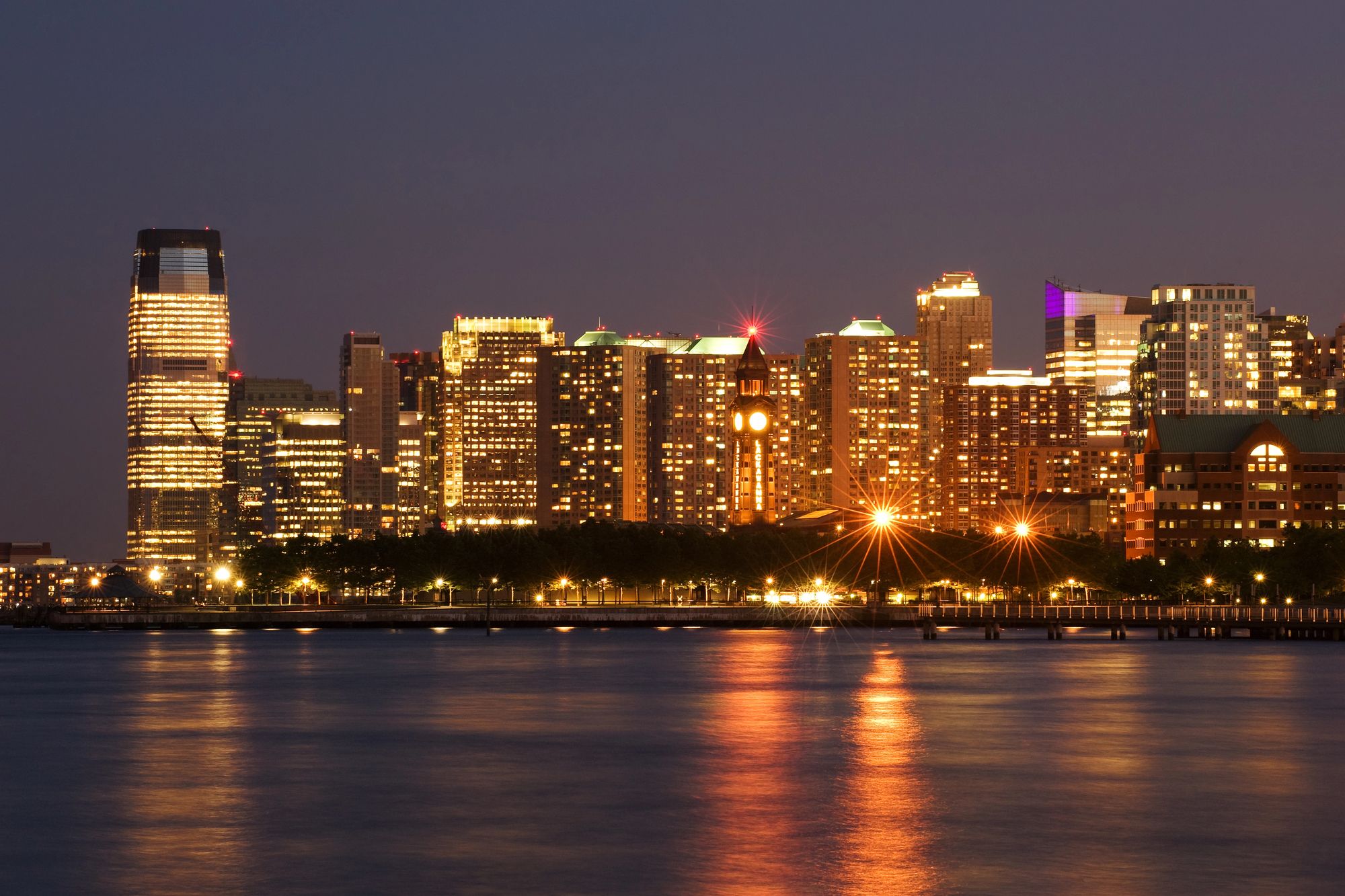New Jersey – a state of stunning diversity and opportunity – also faces significant challenges that impact residents’ daily lives. The Garden State confronts several pressing issues including rising toll costs, housing inequality, and looming budget deficits projected for coming years. When you visit, you’ll notice the contrast between affluent communities and areas struggling with economic hardship.
As you explore New Jersey, you’ll see firsthand how the high cost of living affects locals, with motorists facing 3% toll increases on major roadways like the New Jersey Turnpike and Garden State Parkway since January 2025. The state is working to address these challenges through strategic planning focused on social justice and equity, particularly in housing and public education. Understanding these issues gives you valuable context as you navigate this complex but fascinating state.
Get a discount of 15% to 70% on accommodation in Jersey City! Look for deals here:
Jersey City Hotels, Apartments, B&Bs
Economic and Social Challenges
New Jersey faces several pressing challenges impacting its residents’ quality of life. Despite being one of the wealthiest states, significant disparities exist in economic opportunities, housing access, and educational resources across communities.
Fiscal Stability and Economic Health
New Jersey struggles with serious fiscal challenges that affect its long-term economic stability. The state’s pension system remains significantly underfunded, creating a looming crisis that threatens future budgets.
High corporate tax rates have contributed to business outmigration, reducing job opportunities for residents. You’ll find that New Jersey’s position as a tax outlier has impacted its economic competitiveness compared to neighboring states.
The minimum wage has increased gradually to address income inequality, reaching $15.13 in 2024. However, wage growth hasn’t kept pace with the rising cost of living in many communities.
Unemployment rates in certain areas like Roselle exceed state averages, highlighting geographic disparities in economic opportunity. These persistent economic challenges have led to initiatives seeking possible solutions to stabilize New Jersey’s finances.
Housing Affordability and Development
Finding affordable housing in New Jersey presents a significant challenge for many residents. The median home price has soared past $500,000 in many counties, placing homeownership out of reach for middle-income families.
Rental costs continue climbing, with many households spending over 30% of their income on housing. You’ll need to budget carefully if planning to move to popular areas near NYC or along the coast.
Development restrictions, including strict zoning laws in many municipalities, limit the creation of new affordable housing units. The Mount Laurel doctrine and subsequent lawsuits have attempted to address this by requiring towns to provide their fair share of affordable housing.
Despite these legal mandates, actual construction of affordable units often faces delays and resistance from local communities. This creates a persistent gap between housing demand and available supply across the state.
Education Funding and Equity
New Jersey’s school funding formula aims to provide quality education for all students but faces ongoing challenges. The School Funding Reform Act was designed to distribute resources more equitably, but implementation has been inconsistent.
Property tax disparities between wealthy and lower-income communities create uneven educational resources. You’ll notice significant differences in facilities, technology access, and program offerings depending on which district you visit.
Schools in economically disadvantaged areas struggle with inadequate funding despite legal efforts to address inequities. These funding gaps contribute to achievement disparities that follow students beyond graduation.
Special education costs place additional burdens on many district budgets, often requiring difficult tradeoffs. Recent initiatives have focused on improving early literacy and expanding pre-K programs, but funding consistency remains an ongoing concern.
Public Health and Social Equity
New Jersey faces several challenges in balancing health resources and social equity across its diverse communities. The state has implemented various initiatives to address disparities, though significant gaps remain in healthcare access, social justice systems, and environmental protections.
Healthcare Access and Quality
New Jersey’s healthcare landscape reveals persistent disparities despite recent efforts to improve equity. Racial and ethnic groups experience significant health inequities, with the state now expanding its focus to include additional marginalized populations based on disability status, gender identity, geography, and income.
The state has invested in community-based organizations to address systemic health barriers. A recent poll of approximately 2,500 New Jerseyans showed significant differences in perceptions of health equity, highlighting the need for tailored approaches.
Gov. Phil Murphy’s administration has prioritized health equity through targeted programs, though challenges remain in rural and urban underserved areas. Limited insurance coverage, provider shortages, and transportation issues continue to affect vulnerable populations across the state.
Social Justice and Public Safety
New Jersey grapples with significant social justice challenges affecting public safety and community wellbeing. The state is actively reporting on inequality in many aspects of life, from birth through education to housing affordability.
Homelessness remains a pressing issue, with rising housing costs pushing more residents into unstable living situations. LGBTQ+ rights and reproductive rights have seen legislative protections expanded, though implementation varies across communities.
Immigration issues continue to create tensions, especially regarding access to public services and community integration. The Anchor Program provides property tax relief to help address economic inequalities affecting lower-income residents.
Community-based initiatives have shown promise in bridging divides between law enforcement and marginalized neighborhoods, though progress has been uneven across the state’s diverse population centers.
Environmental Concerns and Climate Action
New Jersey faces unique environmental challenges as a coastal state with dense urban areas. Climate change poses immediate threats through rising sea levels, increased flooding, and more frequent severe weather events affecting vulnerable communities disproportionately.
The state has established ambitious goals for reducing greenhouse gas emissions, with targets for clean energy transition and carbon neutrality. Environmental justice concerns remain prominent as pollution and industrial contamination often affect lower-income communities at higher rates.
You’ll find varying levels of environmental protection across different regions of the state. Urban areas struggle with air quality issues and heat island effects, while coastal communities face erosion and flooding challenges.
Get a discount of 15% to 70% on accommodation in Jersey City! Look for deals here:
Jersey City Hotels, Apartments, B&Bs
The state’s HNJ2030 initiative incorporates diverse voices into policy development, including subject matter experts, community members, and local stakeholders to create more equitable environmental solutions. Progress requires balancing economic interests with protection of natural resources that all New Jersey residents depend upon.




